Welcome summer! On Friday June 20 at 10:42 p.m. EDT, the sun will reach its northern-most point in the sky.
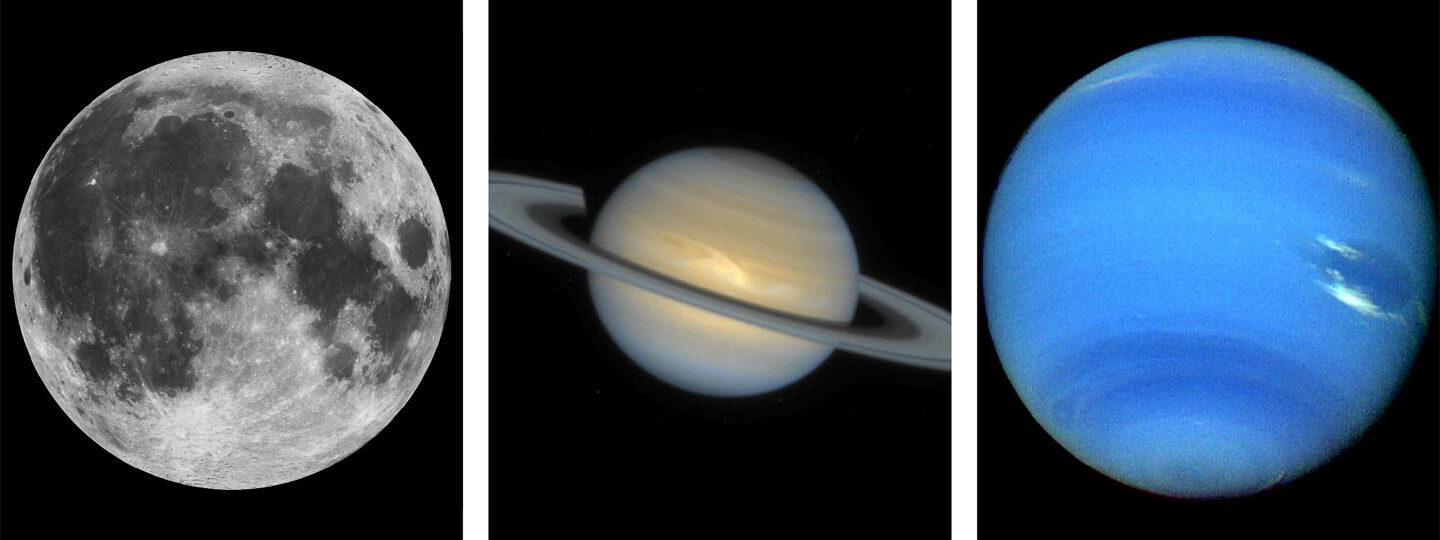

Moon (left), Saturn (center), Color Enhanced Neptune (right).
Credit: NASA Goddard/JPL/STScI
Stargazing: Solstice June 20– also, Moon-Saturn-Neptune close approach 5:45 a.m. June 18
June 17, 2025
Julie Silverman, Carnegie Science CenterWelcome summer! On Friday June 20 at 10:42 p.m. EDT, the sun will reach its northern-most point in the sky. The Northern Hemisphere will experience the longest hours of daylight and shortest hours of night. On this moment when the sun appears to “stand still,” the translation of Sol-Stice, we celebrate the astronomical first day of summer. From the June solstice on, daylight will decrease by degrees as Earth continues its path around the sun. The 23.5 degree tilt of our planet gives us our seasons. If summer gives you a reason to fire up the grill, you’ll be joining in the time-honored traditions of solstice bonfires, a ritual dating back to the Middle Ages. Fires were intended to add strength to the sun and give hope that the growing season would be a good one.
On June 18, the waning crescent moon will be joined in the early morning hours by the planets, Saturn and Neptune, which will be remarkably close together. Visible by 2 a.m. (EDT) they will rise to an altitude of 34 degrees before fading from view as dawn brightens the sky. Neptune will only be observed with a telescope. Saturn, not yet at its brightest, will appear a dim yellow hue near the constellation Pisces. Over the summer, Saturn will gain in luminosity until its maximum gleam in September.
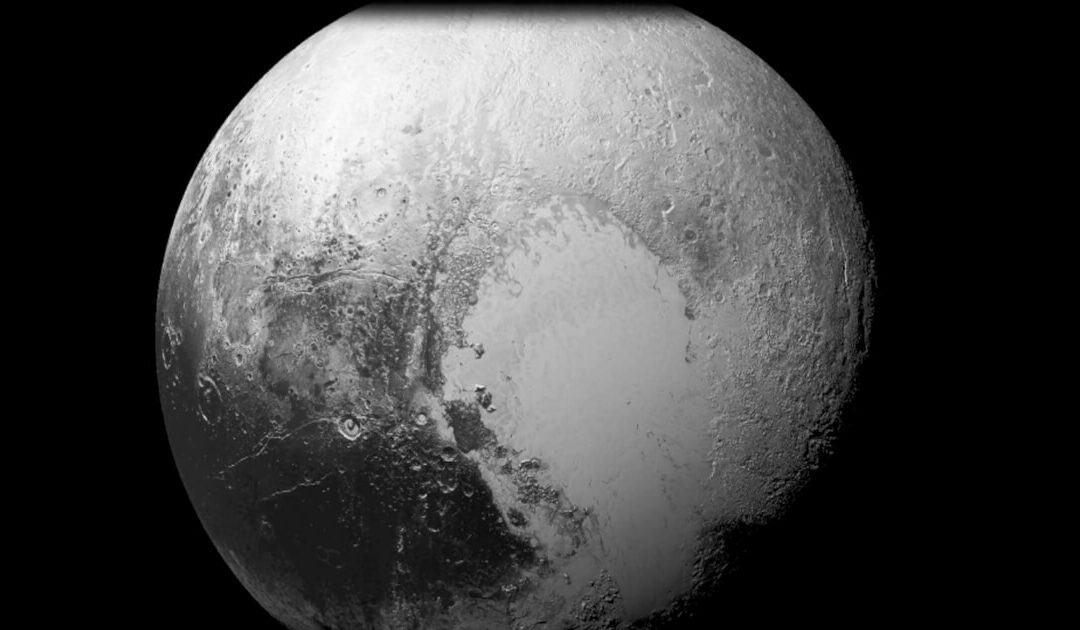
Stargazing: Pluto Anniversary – New Definition of a Planet
A small icy world at the outer reaches of our solar system revolved as the center of attention and consternation on August 24, 2006. The subject of that year’s gathering of the International Astronomical Union (IAU) would bring professional astronomers and science...
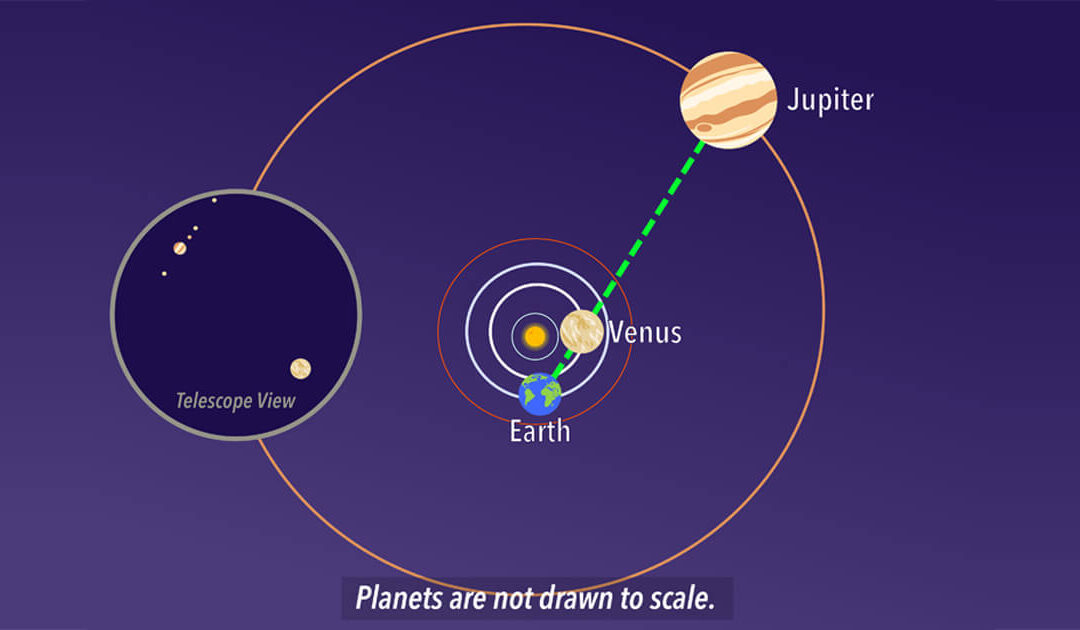
Stargazing: Perseids and Venus-Jupiter Conjunction
This time of year is usually the moment to break out the lawn chairs for the annual spectacle of the Perseid meteor shower. Home > Blog ...
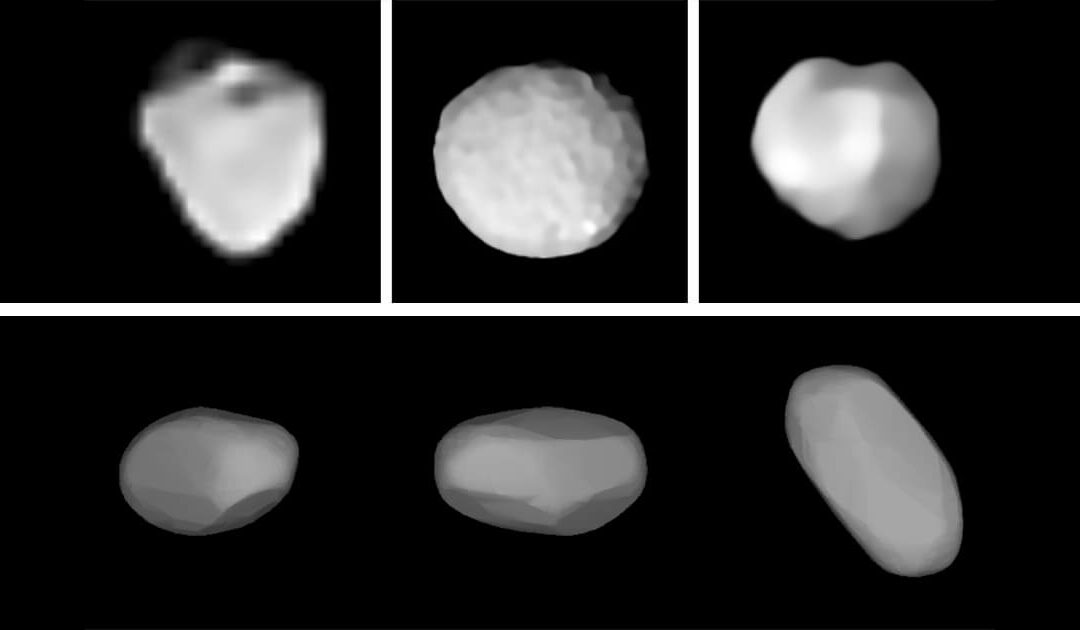
Stargazing: August Asteroids
Several large asteroids will have their brightest showings of the year through August. Home > Blog Between the planetary orbits...

Stargazing: Crescent Moon by Spica
On the evening of July 30, one of the bluest stars in the sky will gleam just above the waxing crescent moon. Spica is a blue giant star and the brightest in the constellation Virgo. Home > Blog [acf...

Stargazing: Scorpius
Soaring through July skies is an ancient arachnid known for its sting. Scorpius the Scorpion, with its distinctive curved spine and stinger poised to strike, holds a large profile low to the southern horizon. Its Latin name translates to the “creature with the...

Stargazing: Vega – Anniversary of First Photo of Star Taken
On July 17th, 1850, the first photograph of a star other than our Sun was taken. Home > Blog Brilliant Vega is the brightest...
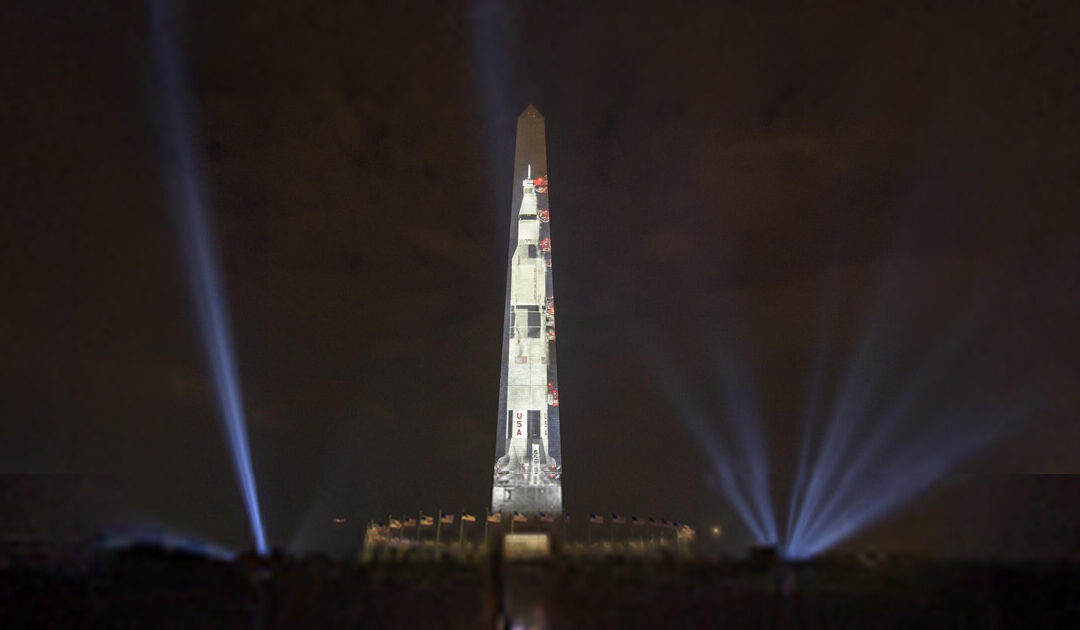
Stargazing: Pittsburgh Goes to the Moon
This year celebrates the 56th anniversary of the first moon landing. On July 20, the world watched as Neil Armstrong and Buzz Aldrin stepped onto the surface of the moon. Home > Blog [sv...
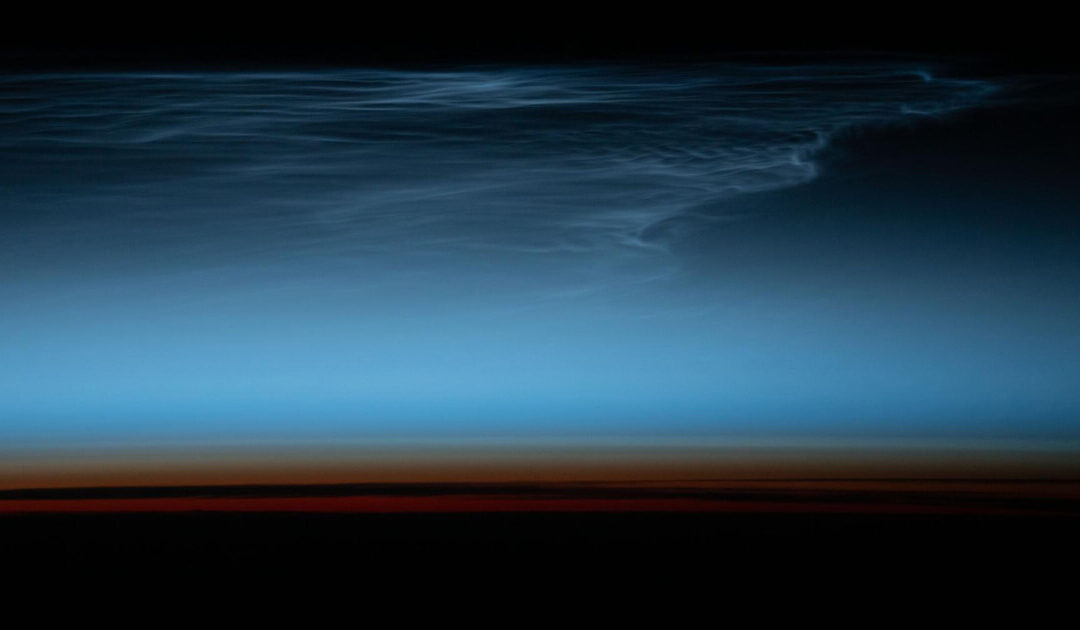
Stargazing: Noctilucent Clouds
Summer is the season to spot rare and luminescent Noctilucent Clouds. From May to early August, these ethereal clouds show their best displays thirty minutes after sunset or before sunrise. Home > Blog [acf...
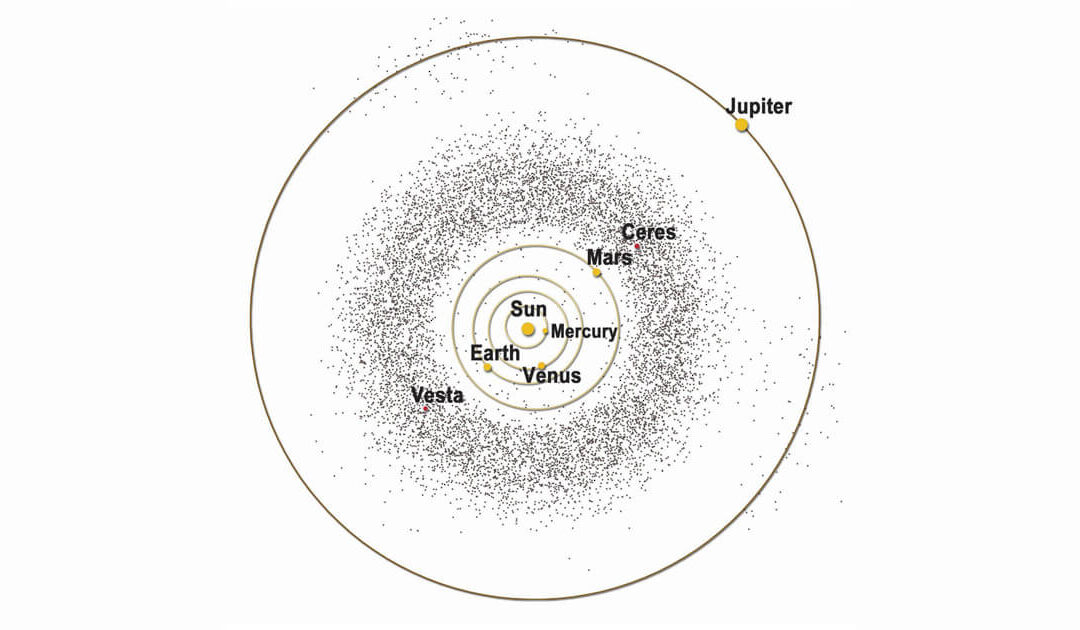
Stargazing: June 30 Asteroid Day – date of Siberian Tunguska Event
Pre-dawn hours of June 27 will bring peak opportunities to view June’s Bootid meteor shower. A thin crescent moon will enhance the chances of seeing meteors flash across the sky. Home > Blog ...
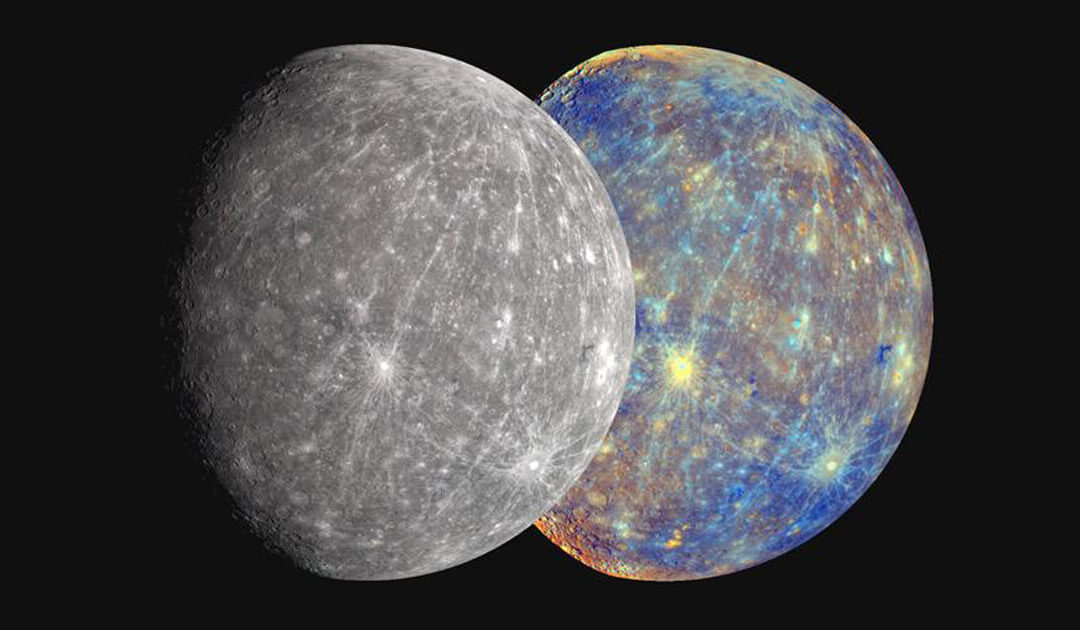
Stargazing: Mercury spotting from June 12-29
Mercury watchers will have several chances to view this elusive planet over the next two weeks. Since Mercury is the closest planet to the Sun, there is a small window in which it is visible. Home > Blog [acf...


